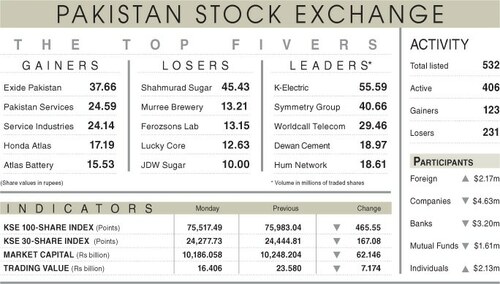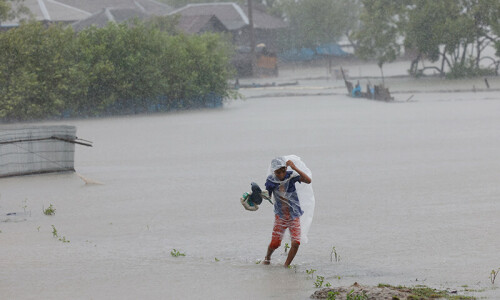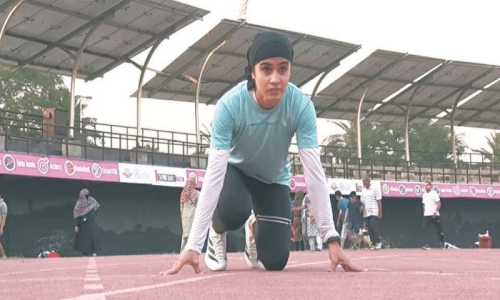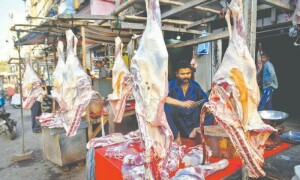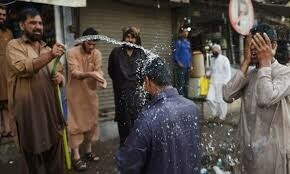Agriculture contributes well over 20pc to the Gross Domestic Product and provides livelihood to 45pc of the total labour force of the country.
It is the main source of raw materials to major industries such as cotton and jute fabric, sugar and edible as well as non-edible oils. The countryside also provides a market for industrial goods.
Despite its importance to the material economy, its acreage under farms is shrinking. The eating up of green and open spaces by concrete structures
of ever-expanding cities is a major problem. Agricultural land is being depleted by rapid countrywide construction of walled housing colonies, shopping malls and industrial units.
While travelling through the Kallar tract of rice (the world-famous scented-rice growing zone), the citrus-growing belt of Sargodha and the mango growing areas of Multan, one can see the changing landscape.
The eating up of green and open spaces by concrete structures of ever-expanding cities is a major problem. Agricultural land is being depleted by rapid countrywide construction of walled housing colonies, shopping malls and industrial units
Only 25 years back Lahore and Faisalabad had patches of agricultural land but today there is no arable land within the vicinity of these cities. The ideal situation would be an even distribution of people around the countryside. But people are migrating to the cities for better economic and educational opportunities and a better quality of life. Policymakers have no hard and fast plan to stop the current demographic mode. This can be done, though it has yet not started in Pakistan.
A series of reasons and factors are responsible for this migration. Farming requires exhaustive and strenuous labour; with the next generation pursuing new occupations. When buyers offer attractiove rates for fertile fields, the farmer is tempted to sell. Policymakers have generally neglected the modernisation of farming. As agriculture is no lucrative business, many abandon farming and it leads to migration.
Our country, already, is facing severe water and energy crisis threatening agriculture. It’s the state’s responsibility to stop the destruction of green fields. More state cultivable land needs to be bought under cultivation, and agriculture and food security needs to be made a vital part of national policymaking.
The writer is an assistant professor at PMAS Arid Agriculture University Rawalpindi, Attock Campus.
Published in Dawn, Business & Finance weekly, September 5th, 2016



